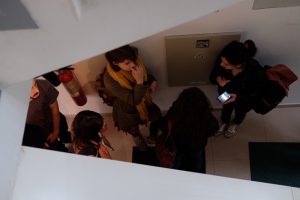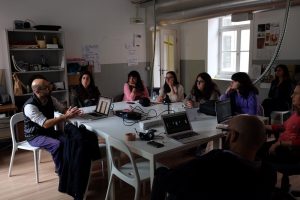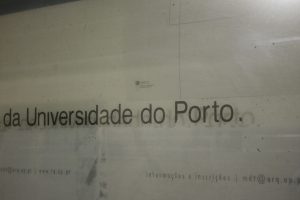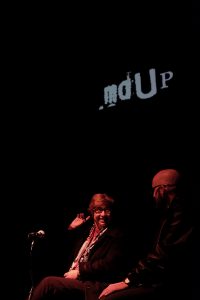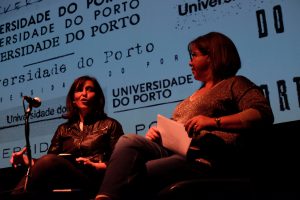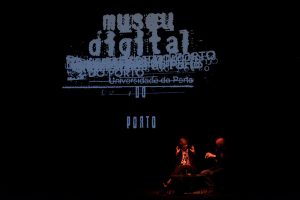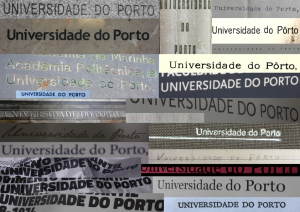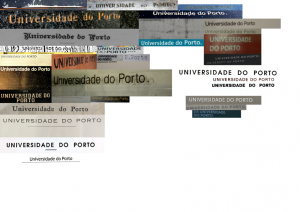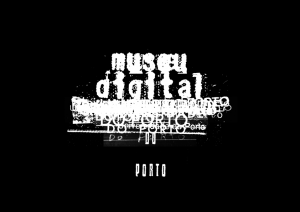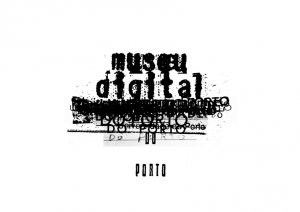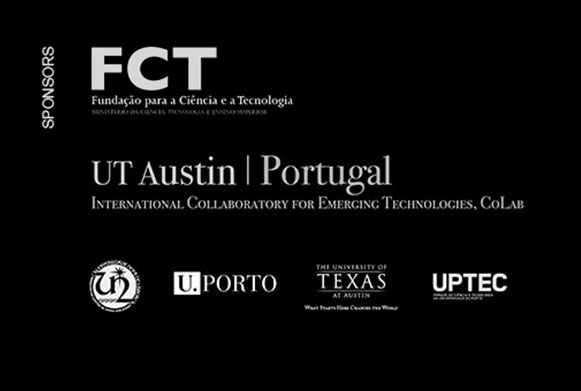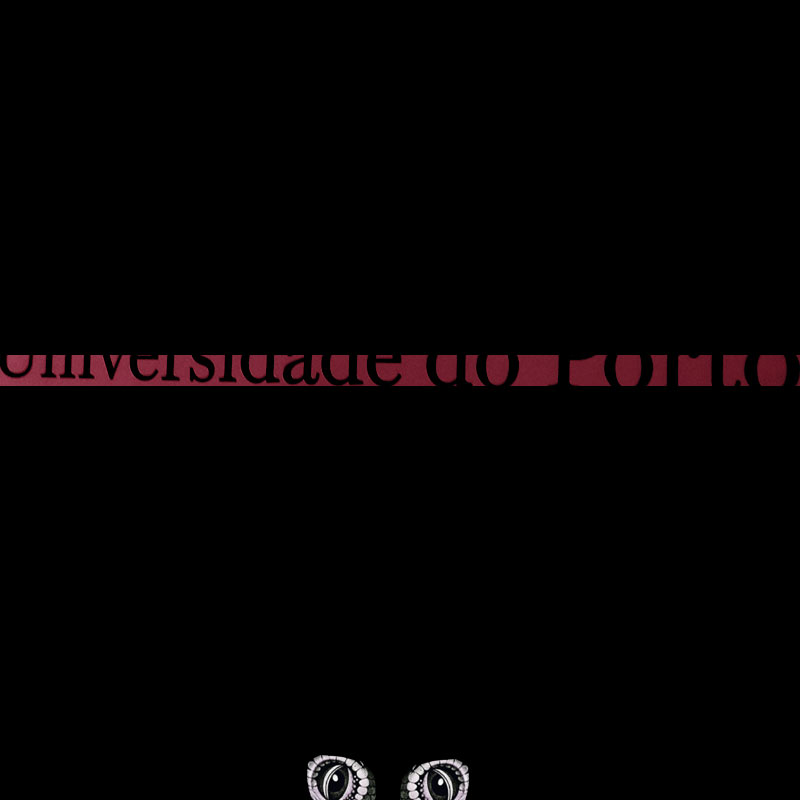
An expedition through the University of Porto, finding and photographing the multiple ways in which the name is inscribed on its walls and surfaces.
The outcomes will be integrated in the ongoing design of the U.Porto Digital Museum.
Thoughts on Hunting for Logos
An exercise to reflect upon how the University of Porto’s name has been represented graphically over time. Also an opportunity to contribute to the university’s Digital Musem visual identity through a ‘brand archiving’ process.
A series of contrasting visual representations of the name ‘Universidade do Porto’ emerged from a multitude of forms found in documents, buildings, publications, and other visual communication applications across the university various sites, which altogether help showing how the university’s name has been represented graphically throughout its own history.
For the contribution to the Digital Museum, the beginnings of a data-base originated in this lab not only document the university’s name representations over time, but also provide the museum’s own visual identity requirements with graphic solutions deriving from the university context—the subject being represented by its own external look. For the design, whereas the name ‘Museu Digital’ is fixed and set using a typewriting machine, it is inclusive of the university’s own diversity through upholding numerous graphic representations of the university name; This approach addresses current issues in the domain of visual identity systems, such as “identity and variation”, “authenticity” and “provenance”.
Pedro Carvalho de Almeida
The lab
A sample of specimens
Some outputs and public presentation
Participants
Maria Portela
Inês Oliveira
Ana Nascimento
Ana Rita Costa
Olinda Teixeira
Raquel Soares
Marco Antunes
Mariana Rios
Micaela Correia
João Parada
Ana Rita Moreira
José Manhente
Joana Guimarães
Hélia Fontes
Catarina Pimenta
Dolores Wilber
Heitor Alvelos
Lab coordinated by Pedro Carvalho de Almeida
Graduated in communication design at the Faculty of Fine Arts of the University of Porto, earned a masters degree in Design, Materials and Product Management from the University of Aveiro, and a PhD from Central Saint Martins College of Art & Design, University of the Arts London. His doctoral research project was funded by FCT and concerns Brand Archives as a design response to the globalization of visual identity. The main case study addressed today’s symbolic and cultural significance of the Portuguese iconic brand Sanjo (1933–1996).
As a communication designer he specialized in visual identity, ethnographic research, visual analysis, mind-mapping, and decoding/deconstruction of brand identities. Previous work includes the design of the symbol and identity guidelines for Metro do Porto, as well as design projects for Escritório de Design, Sonae, Cifial, Portuguese Design Centre, Central Saint Martins Research, and for independent record labels such as Mulher Avestruz, Phonica and Resista Records.
He is assistant professor at the Communication and Arts Department, University of Aveiro, and was associate lecturer at Central Saint Martins College of Art & Design. Teaching covers strategic design, design management, product semantics, visual research methodologies, and contextual studies. At present he is member of ID+ Research Institute for Design, Media and Culture, and knowledge transfer associate funded by AHRC (Arts & Humanities Research Council) at Central Saint Martins.
Current research interests address the rescuing, recovery and exploration of Portuguese heritage brand identities. In recent years he has been developing brand archaeology as a methodological system combining ethnographic research and design methods, aimed at the rediscovery and cultural dissemination of locally specific brands. His research has been presented and published in international design conferences, exhibitions and doctoral seminars in Australia, Finland, Hong Kong, Italy, Portugal, UK and in the USA.

